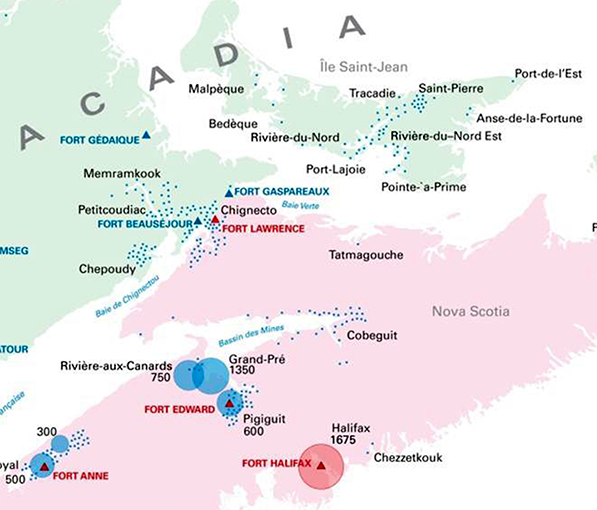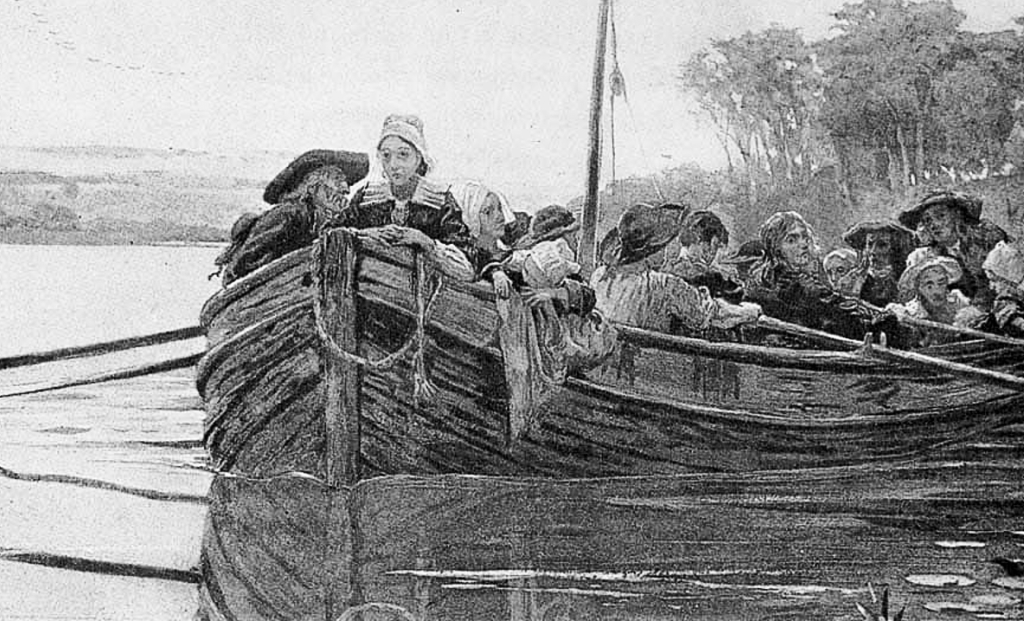The Story

The name Acadia was used by France’s early explorers to describe present day Atlantic Canada. Jacques Cartier used the term l’Acadie to refer to the area around the Gulf of St. Lawrence. The name stems from the Greek word “Arcadia,” a region in Greece known for its beauty, pastoral landscapes and untouched wilderness.
Thriving through Change
Settlers who arrived from France in the early 1600s mainly occupied the coastal areas of present-day Nova Scotia, New Brunswick and Prince Edward Island. The land was called “Acadie,” so the settlers became known as Acadians. They co-existed peacefully with the Mi’kmaq and other First Nations peoples indigenous to the Northeastern Woodlands area.
During their Golden Age from 1713 to 1738, the Acadians thrived. They continued to prosper even after the territory was ceded to Great Britain by the 1713 Treaty of Utrecht.
Removed from the Province
By the mid-1700s, the British demanded that the Acadians sign an unconditional Oath of Allegiance to the English monarch. The Acadians refused, insisting they were neutral and would never take up arms against either England or France.
The decision to deport the Acadians in 1755 ultimately rested with British colonial authorities, particularly Governor Charles Lawrence of Nova Scotia. This deportation was part of
British policy aimed at asserting control over the region by removing the Acadians. They were viewed as a potential threat due to their rapid population growth, their French Catholic heritage and their perceived loyalty to France.
And, so it was decreed:
“Your Land and Tenements, cattle of all kind, livestock of all kind are forfeited to the Crown with all your savings, your money and household goods, and you are to be removed from the Province.”
Hiding in the Woods
Thus began the nine-year deportation of the Acadians. Thirteen thousand people were forcibly removed from their lands, watched their homes being burned, and saw their livestock killed. Most were captured and deported; some managed to hide in the woods and were then driven to move frequently, and further from their homeland, to avoid capture.
